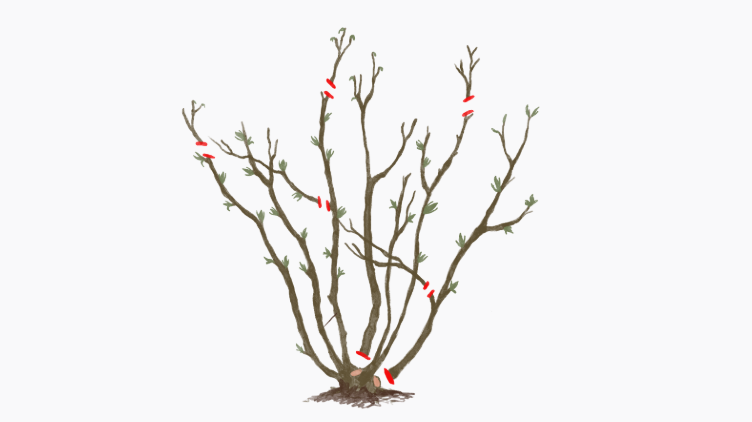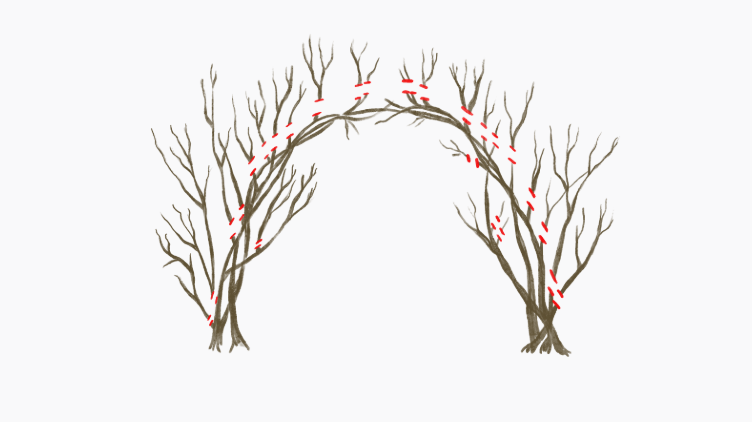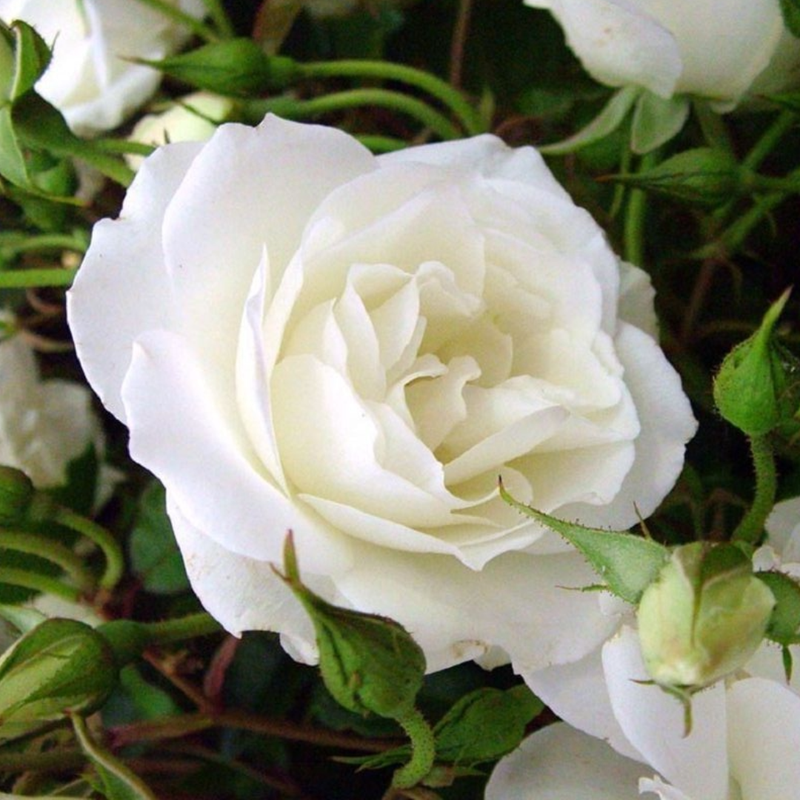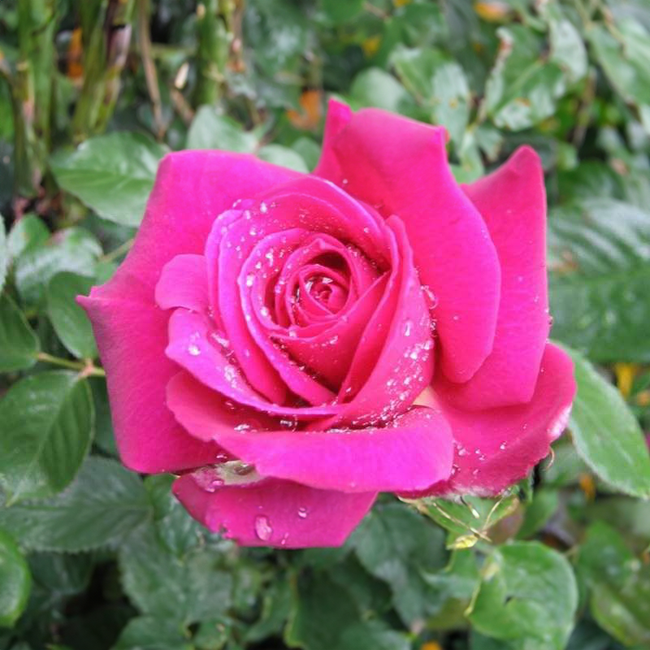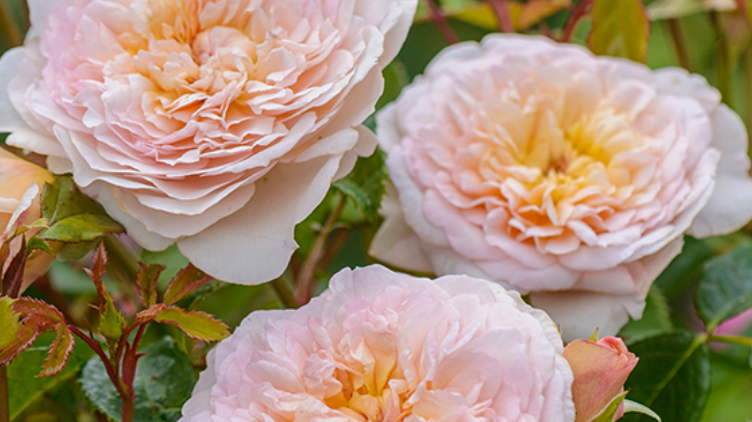
How To Care For Roses
19 Jun, 2025
Planting
Finding the Right Spot!
Great roses start with a great location. Roses thrive in full sun and well-draining soil that’s rich in organic matter. If you're gardening in a humid area like Auckland, choose a spot with good airflow to help reduce the risk of fungal diseases. Avoid planting roses too close to large trees, as they may compete for nutrients and sunlight.
Into the Ground We Go!
Roses prefer being planted straight into the garden rather than in pots — this gives their roots plenty of room to stretch out and grow strong. Planting directly into the ground also encourages deeper root systems, which can make roses more resilient in dry conditions.
Dig the Hole
Start by digging a hole that’s twice the size of your rose’s pot. For heavier clay soils, go a little larger to increase drainage.
Prep Your Soil
Mix your original soil with Kings Compost and Kings Sheep Pellets, or use Kings Garden Mix. If your soil is heavy clay, break up the sides of your planting hole as you backfill, and mix in a handful of Clay Breaker Gypsum to help improve drainage.
Plant Your Rose
Position your rose in the hole, then backfill with your soil mix and some of the existing soil. Press the soil down gently but firmly. If your garden has poor drainage, plant the rose on a slight mound to keep the roots happy and dry.
Water & Feed
Give your newly planted rose a deep drink of water. Follow up with Kings Slow-Release Rose Food to set it up for success. Finally, mulch around the base (keeping it a few centimetres from the stem) to lock in moisture and keep weeds away
Pruning
Pruning can seem daunting but it's actually quite simple and so worth it. A good winter prune encourages lush, healthy growth and more flowers when spring arrives.
When Should You Prune?
Aim to prune when roses are dormant - typically late June to early July.
What You'll Need
- Sharp secateurs
- Sturdy gloves
- Pruning saw (for larger branches)
- Yates Lime Sulfur (to spray after pruning)
- Pruning paste (for larger cuts)
Bush and Standard Roses
Shape the plant into an open vase by removing any dead, diseased or damaged wood, thin twigs and crossing branches. Then, cut back the remaining stems by hand by at least one-third, trimming to an outward-facing bud.
Climbing Roses
Clear out thin or tangled twigs, open up the centre for better aurflow and reduce the size of the plant by about a third.
Now for the Fun Part - Choosing you Roses!
Now that you've got the basics down, it's time for the most exciting part - picking your favourites! Whether you're after timeless elegance or a pop of personality, we've rounded up some of our most popular rose varieties to inspire your garden dreams.

Green With Envy
Striking and sophisticated, Green with Envy is a rose that dares to be different. Its luminous lime-green blooms unfurl in layers of soft petals, deepening in colour as they mature. Elegant yet unexpected, this captivating variety brings a touch of modern glamour and fresh intrigue to any garden display.

Dublin Bay
Vibrant and dependable, Dublin Bay is a classic climbing rose loved for its clusters of rich, velvety red blooms. Lightly scented and endlessly repeat-flowering, it brings a bold splash of colour to walls, fences, or arches. Hardy and easy to train, it’s a timeless favourite for adding lasting beauty and structure to the garden.
